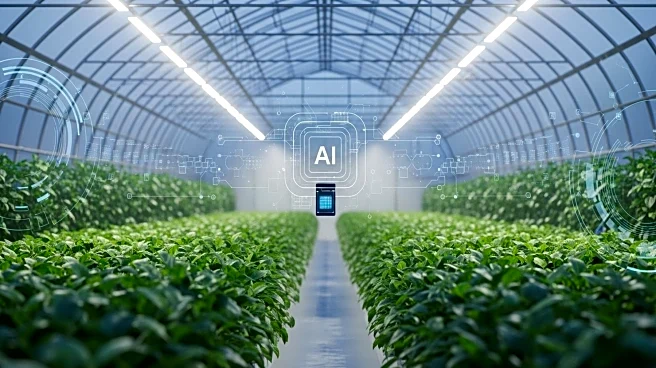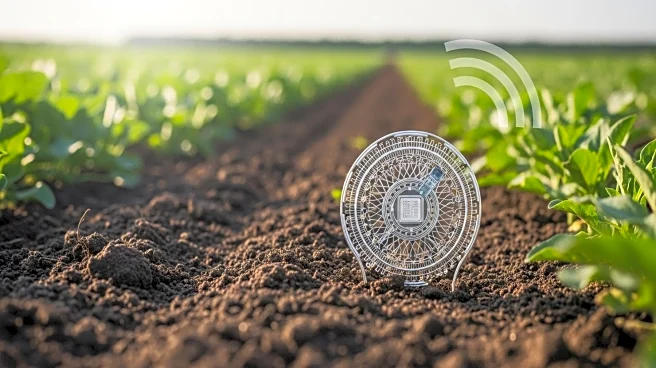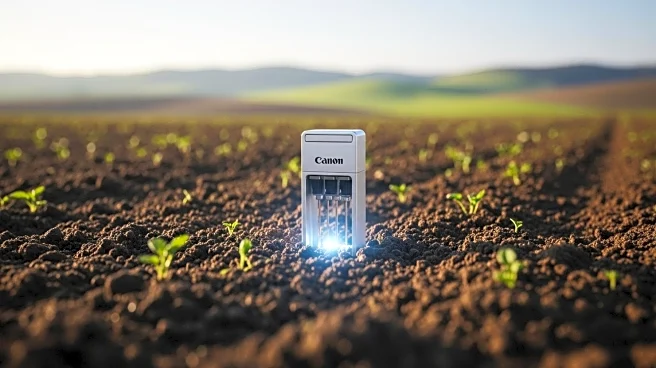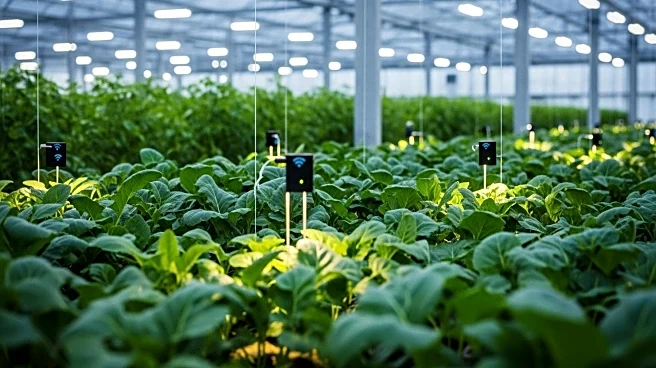What's Happening?
The agricultural food loss reduction solutions market is projected to grow from USD 14.50 billion in 2025 to USD 22.50 billion by 2030, driven by a compound annual growth rate of 9.2%. This growth is fueled
by increasing concerns over food security, sustainability, and resource efficiency. The market is witnessing significant investments in advanced cold chain logistics, improved storage and packaging, precision agriculture, and AI-enabled inventory management. Developing regions are experiencing technological interventions to address infrastructure-related food loss, while developed economies are scaling automation and digital platforms to optimize food distribution. Despite the growth potential, challenges such as high capital costs, limited adoption among smallholder farmers, and fragmented supply chains persist.
Why It's Important?
The expansion of the agricultural food loss reduction solutions market is crucial for enhancing food security and sustainability. With nearly one-third of global food production lost or wasted before reaching consumers, effective solutions can significantly reduce waste and improve resource efficiency. The adoption of AI and sensor technologies offers real-time monitoring and operational efficiency, which are essential for minimizing post-harvest losses. As demand for food security rises, these technologies are poised to become central to reducing losses across the agricultural value chain, benefiting stakeholders such as farmers, technology providers, and consumers.
What's Next?
North America, led by the United States, is expected to maintain its dominance in the market due to strong private-sector participation and government funding. Meanwhile, Asia Pacific is projected to experience the fastest growth, supported by rising food demand and urbanization. Countries like India and China are scaling IoT-based monitoring and AI-powered logistics to reduce inefficiencies. As the market evolves, stakeholders will likely focus on developing targeted interventions, such as improved storage infrastructure and mechanized post-harvest technologies, to further minimize waste and enhance food security.
Beyond the Headlines
The integration of sensor-based technologies in agriculture highlights a broader industry shift toward data-driven farming practices. This shift not only addresses food loss but also promotes sustainable agriculture by optimizing resource use and reducing environmental impact. As technological innovations continue to advance, the agricultural sector may see increased collaboration between tech companies and traditional farming operations, fostering a more resilient and efficient food supply chain.











